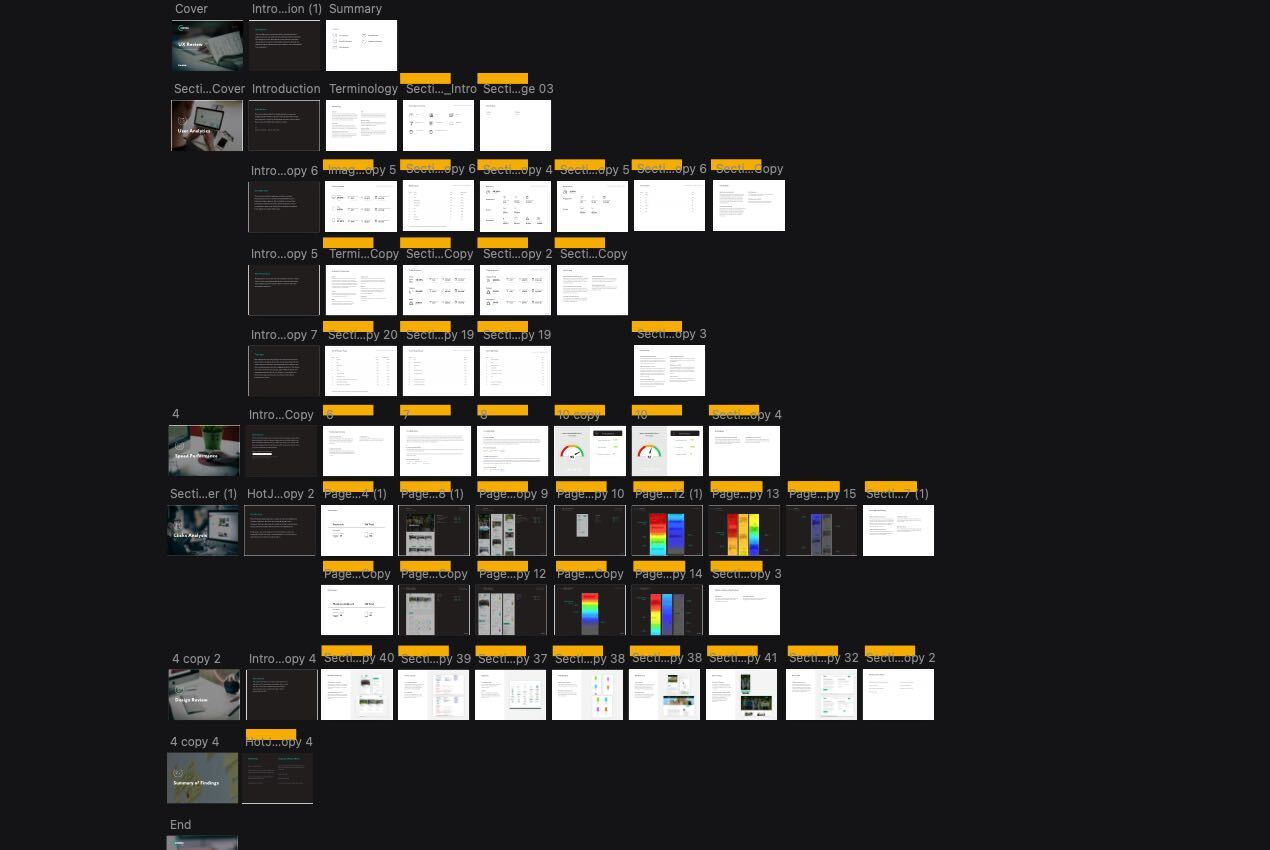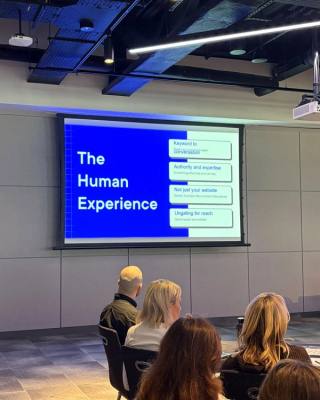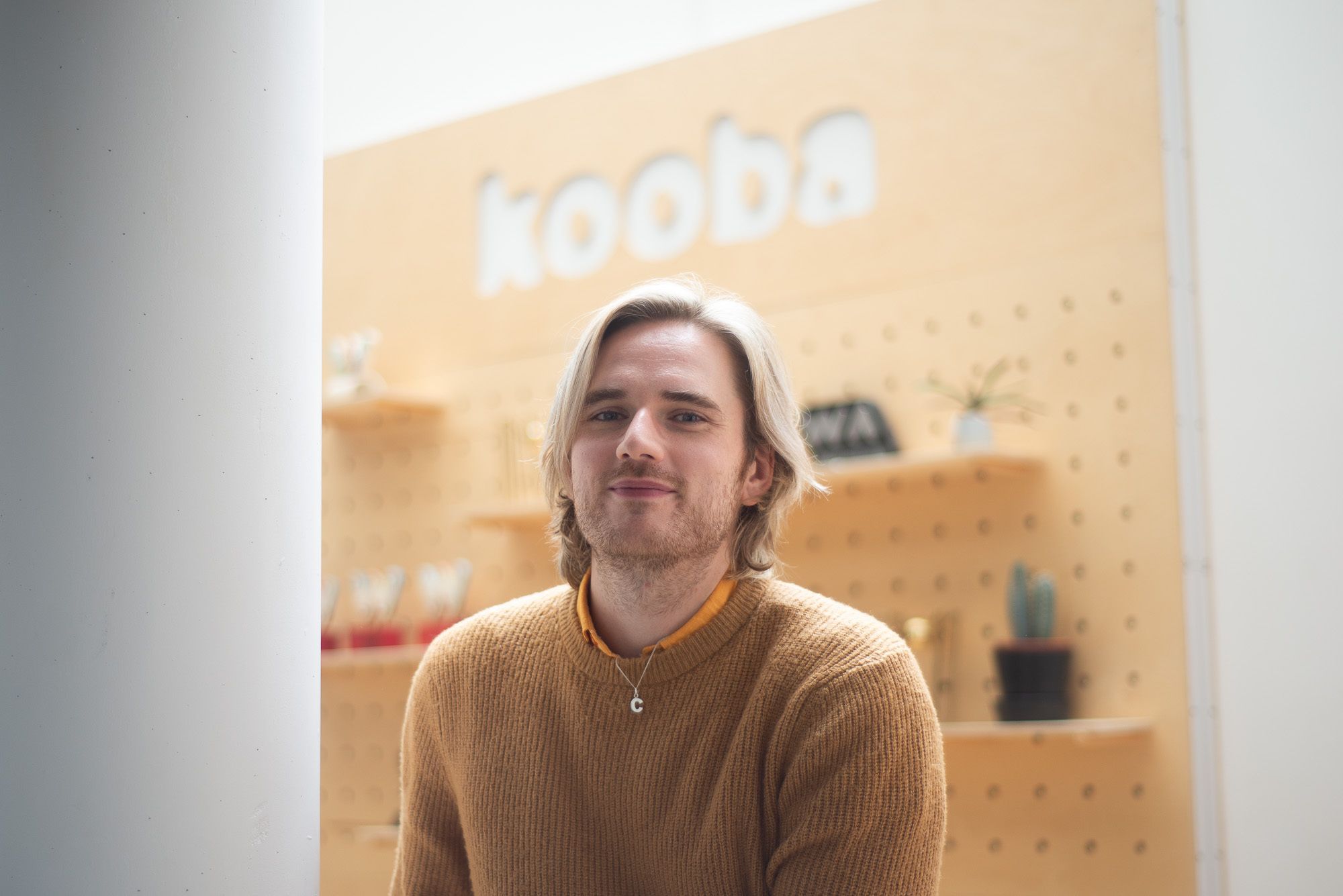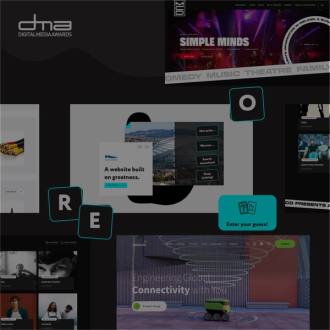As a junior UX designer at Kooba, my journey began with a mix of excitement and anticipation. The design agency's reputation for innovation and creativity had drawn me in, and I was eager to dive into the world of user experience design. Over the course of my first month, I've had the privilege of working on a range of projects that have not only honed my skills but also given me a firsthand look into the fast-paced and dynamic nature of the industry.
Getting acquainted: the first steps
The first day at Kooba was a whirlwind of introductions, new faces and getting acquainted with the agency's workflow. Learning about the different tools and trying to grasp how the agency worked felt overwhelming at first. The supportive and collaborative atmosphere, though, immediately put me at ease and allowed me to move into my role more comfortably. With guidance from my manager and colleagues, I was quickly given tasks to sink my teeth into. Unlike other companies, which might have a culture of ignoring new hires, I very quickly felt that I had been working here for months. The tasks I was given helped guide the design process which helped me feel part of the team.
UX competitor audits: deconstructing the competition
One of the initial projects that I was assigned was a UX competitor audit. This task involved meticulously dissecting the user experiences of our client's competitors to uncover design patterns, usability issues and potential areas for improvement. While the task seemed daunting at first, the structured approach and available resources made the process surprisingly engaging. This exercise not only enhanced my analytical skills but also provided valuable insights into the competitive landscape of our client's industry. I quickly began looking at websites through a UX lens and scooping out the good and bad user experiences from competitors.
Design reviews: the art of constructive critique
Participating in design reviews with the team exposed me to the power of constructive criticism. I had to use my experience as a designer to review websites in an unbiased manner. By concentrating on functionality and accessibility, these reports gave a professional roadmap for clients and colleagues. They highlighted a clear direction where the design should be aiming to be, elevating it from other competitors and creating a better user experience for its users.
Crafting UX reports: translating insights into action
Translating the findings from the UX competitor audit into a comprehensive report was an exciting challenge. I had the opportunity to not only showcase my research skills but also develop a knack for presenting complex information in a visually appealing and easily digestible format. This experience underscored the importance of clear communication in conveying design insights to both clients and colleagues, bridging the gap between research and actionable design decisions. These sessions were a real learning curve as I had to let go of my own bias’ and look constructively at analytics, performance, design reviews and give recommendations and feedback. Working through these reports is a team effort and takes hours of concentration from different departments. For me, this exercise highlighted the importance of being open to suggestions and iterative refinement, and I found myself gaining a deeper appreciation for the collaborative nature of design.
Creating personas: unveiling the human side of design
In the midst of my first month at Kooba, another captivating facet of the UX design process unfolded: persona creation. Crafting personas breathed life into the user experience by giving a human face to the design decisions we were making. I worked on proto-personas, which are personas not based on research but on initial discussions with the client or team. The same rules apply: to keep a broad persona base, make sure to meet business goals, use quotes and goals to make the persona more real and, in this case, I needed to make assumptions of user pain points in order to build the first roadmaps for design.
Wireframing: bringing concepts to life
Perhaps the most nerve-racking part of my first month was diving into the world of wireframing. Transforming abstract ideas into tangible visual representations allowed me to see how design thinking could manifest into actual solutions. At first, I was conscious of my designs as I had only ever designed wireframes on a smaller scale. The team quickly gave me the confidence and encouragement to tackle my first wireframes, and I continue to learn and gain confidence from my colleagues to build these skills. Although I’ve only been here a month, I’ve already seen my wireframes move on to the UI stage. This feeling of achievement is credited to the Kooba team, who’ve allowed me to work on important tasks from the start. This has been important in my growth as a UX designer.
My first month at Kooba has been nothing short of transformative. As a junior UX designer, I've been exposed to a wide range of experiences that have enriched my understanding of user-centred design, the importance of collaboration and the impact of research-driven decisions. The journey so far has provided me with a strong foundation to build upon and an excitement to continue learning and growing in this ever-evolving field. With each task, challenge, and accomplishment, I am reminded of the vast potential and exciting future that lies ahead in my UX design career at Kooba. The team are forever looking ahead with a strong emphasis on creativity, accessibility and constantly building on what was done before.









